Optical sights, particularly red dot sights, have gained popularity among shooters due to their numerous advantages over traditional iron sights. These benefits make optical sights suitable for various applications, including target shooting, hunting, self-defense, and tactical operations.
Quick Target Acquisition: Optical sights, especially red dot sights, excel in rapid target acquisition. The projected reticle, typically a red dot, allows for faster alignment with the target, enabling shooters to engage more quickly and effectively.
Enhanced Accuracy: Optical sights promote improved accuracy by providing a clear and focused target reference point. The reticle, often a dot or a circle, guides the shooter's eye directly to the target, minimizing distractions and allowing for precise aiming.
Improved Low-Light Performance: Many optical sights, particularly red dot sights, are illuminated, making them well-suited for low-light conditions. The bright reticle remains visible even in dim environments, allowing shooters to maintain target focus and accuracy in challenging lighting situations.
Versatility: Optical sights offer versatility across a wide range of shooting scenarios. Optical sights are suitable for both close-quarters and long-range engagements, making optical sights adaptable to various shooting styles and applications.
Reduced Eye Strain: Optical sights can reduce eye strain, especially for shooters with vision impairments. The clear and focused reticle eliminates the need to focus on both the front and rear sights, reducing eye fatigue and improving overall shooting comfort.
Enhanced Situational Awareness: Some optical sights, particularly holographic sights, allow for shooting with both eyes open. This enables shooters to maintain situational awareness while focusing on the target, providing a more comprehensive view of their surroundings.
Lightweight and Compact: Optical sights are generally lightweight and compact, adding minimal weight and bulk to firearms. This makes optical sights suitable for use on various firearm platforms, including pistols, rifles, and shotguns.
Overall, optical sights provide a range of advantages that enhance shooting performance and versatility, making them a valuable choice for shooters of all skill levels and experience.

 en
en 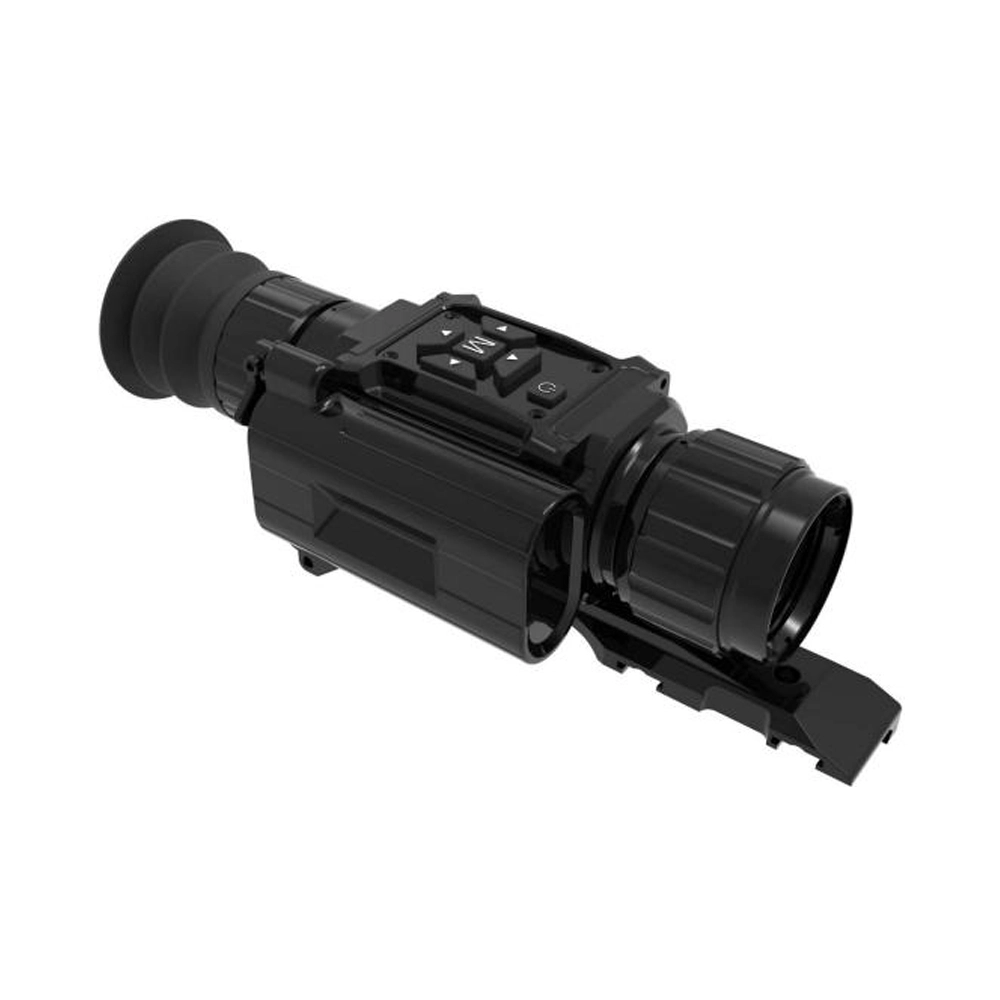
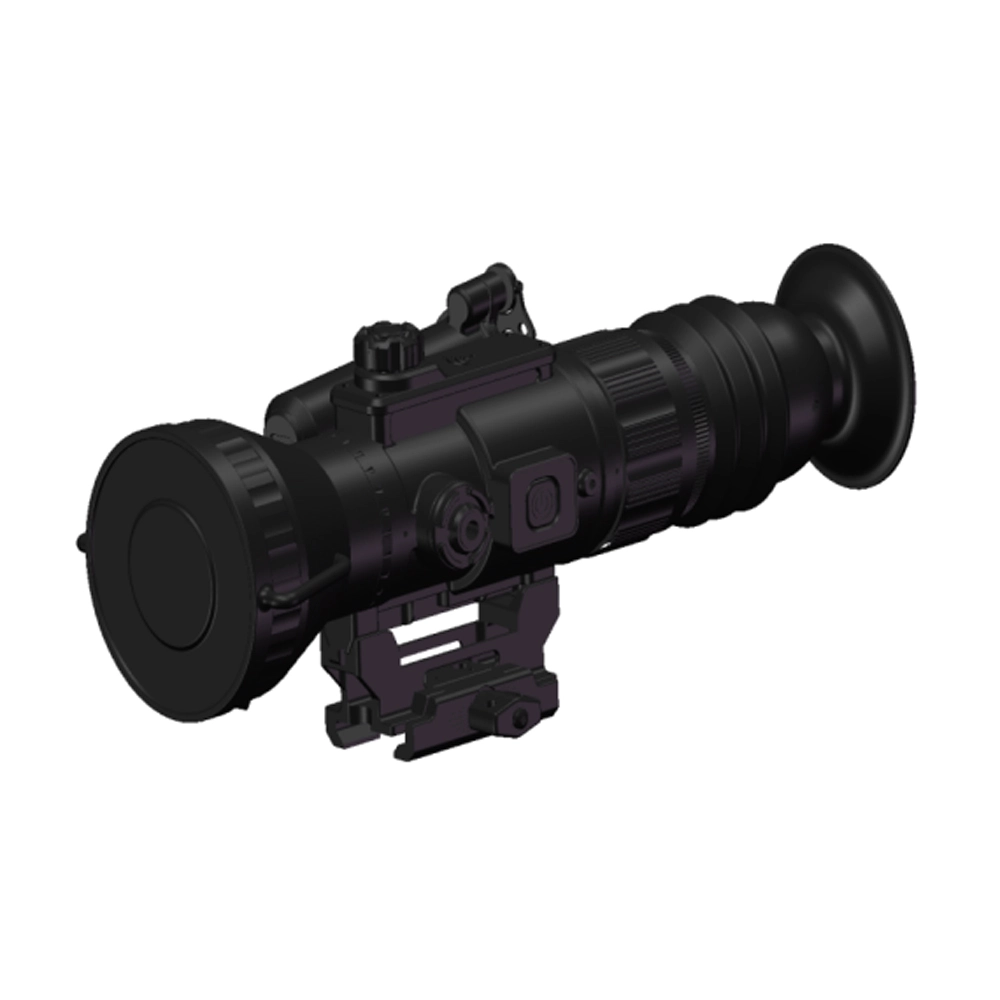
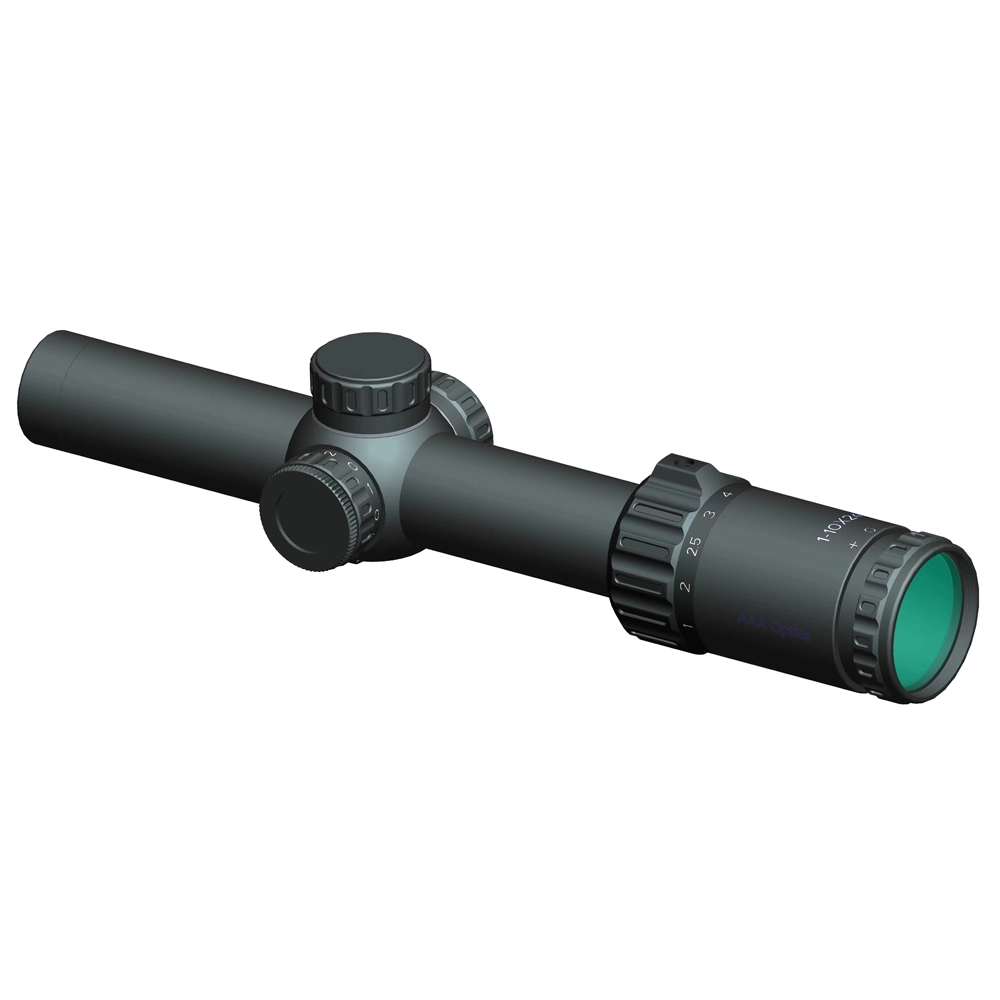
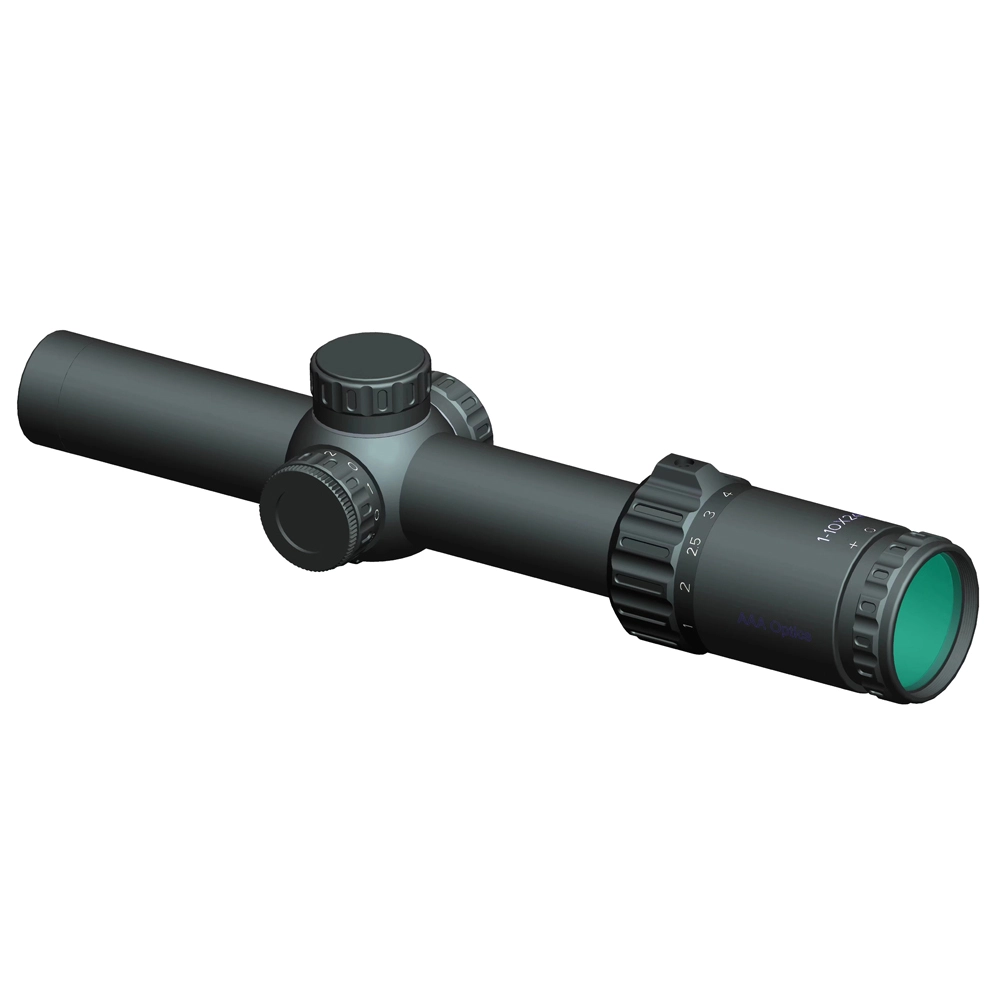

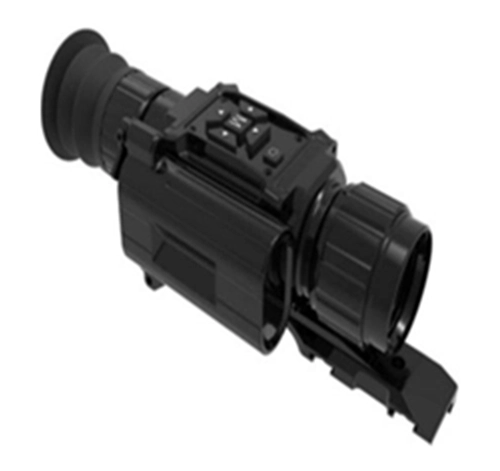



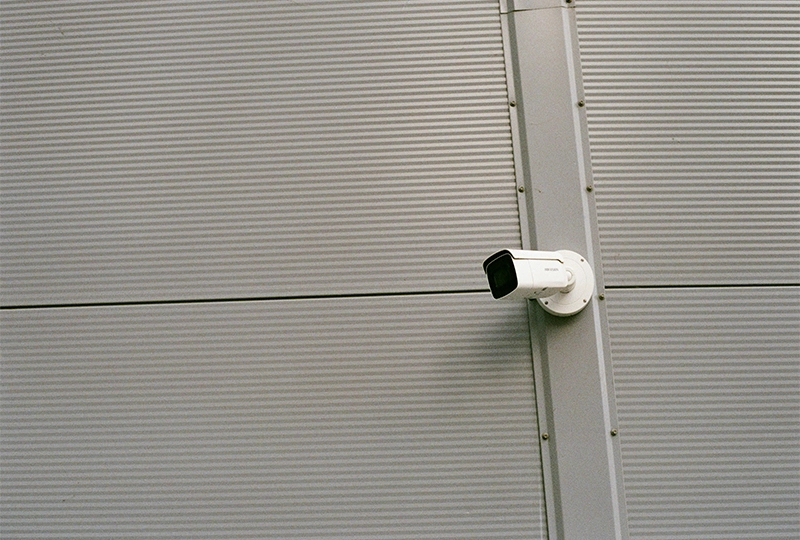


 Call us on:
Call us on:  Email Us:
Email Us:  No.9 Zhongxing East Road, Lishui Economic Development Zone, Nanjing, Jiangsu, China
No.9 Zhongxing East Road, Lishui Economic Development Zone, Nanjing, Jiangsu, China